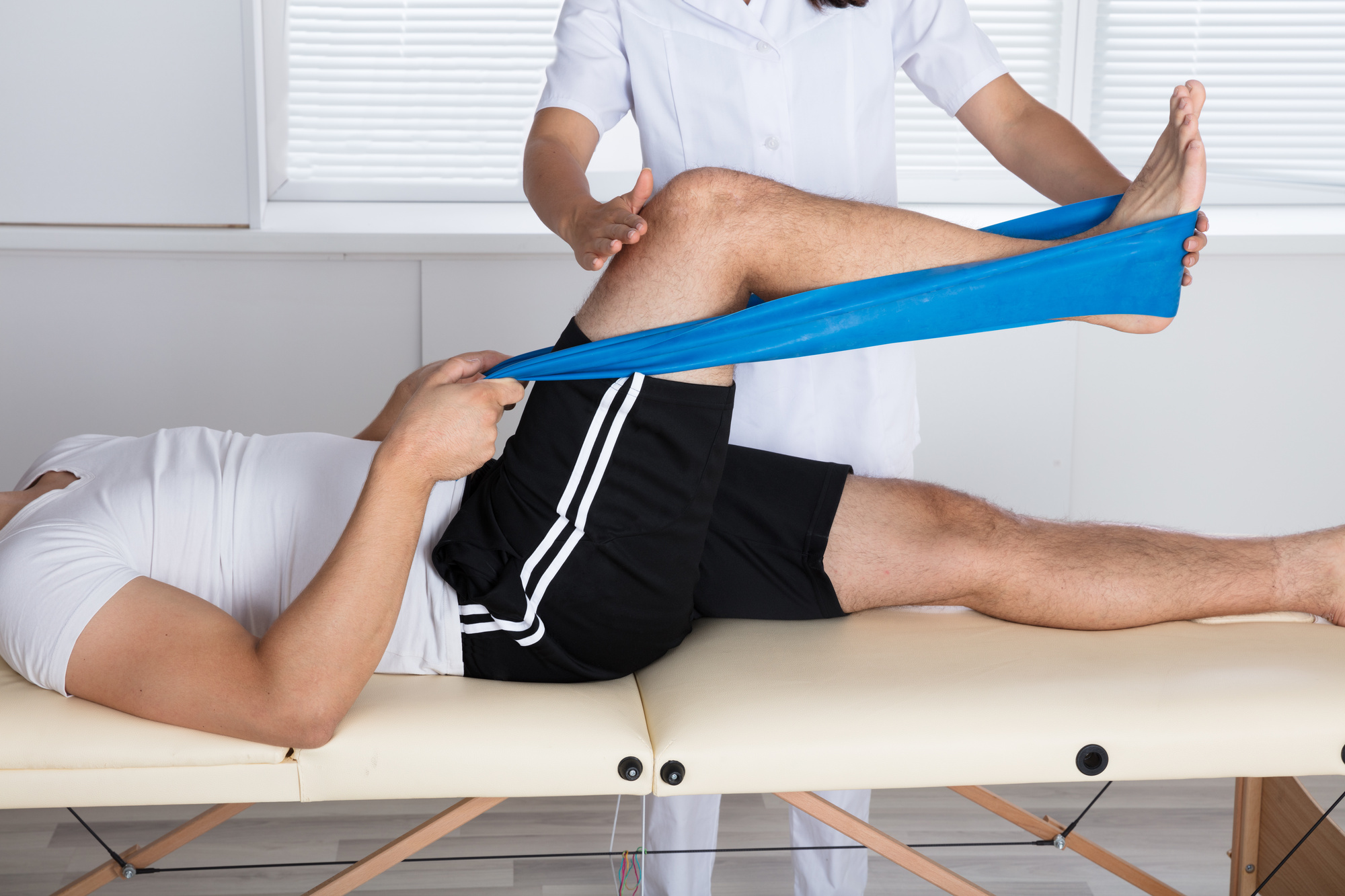Investigating the Diverse Methods of Physical Rehabilitation for Enhanced Healing and Rehabilitation
Investigating the Diverse Methods of Physical Rehabilitation for Enhanced Healing and Rehabilitation
Blog Article
Physiological therapy is an essential discipline that assists individuals recover from traumas, surgeries, and various medical issues. It entails a variety of techniques designed to enhance mobility, reduce pain, and enhance overall physical function. Physical therapists are trained experts who assess each patient’s needs and develop personalized care strategies. These programs often include workouts, manual treatment, and instruction about physical movements. By employing these varied approaches, physiotherapy can substantially improve a person’s standard of living.
One frequent technique used in physical is rehabilitative activity. This involves specific actions and exercises that assist build muscles, enhance flexibility, and boost stamina. For instance, a client rehabilitating from leg operation may perform exercises that concentrate on rebuilding power in the lower limb muscles. These exercises are carefully chosen based on the individual’s condition and objectives. By incrementally increasing the difficulty and complexity of the activities, physiotherapy therapists can assist clients regain their power and movement over time.
Another important method is manual therapy, which includes physical methods to manipulate the human body soft muscles and articulations. This can entail stretching, mobilization, and manipulation. Manual treatment aims to relieve discomfort, reduce swelling, and enhance blood flow. For instance, a practitioner may apply gentle force to ease stress in tight muscle groups or to help a articulation function more freely. This technique is often integrated with other treatments to improve recovery and promote recovery. Patients often find manual therapy to be a soothing and beneficial way to manage their pain.
In addition to exercises and hands-on therapy, instruction plays a crucial part in physiotherapy. Therapists instruct clients about their conditions and how to handle them effectively. This may entail guidance on correct posture, physical movements, and techniques to prevent subsequent injuries. For instance, a practitioner might demonstrate a client how to lift weighty objects safely to prevent straining their spine. By empowering clients with knowledge, physiotherapy therapists help them take an engaged role in their rehabilitation and promote long-term wellness and well-being.
Ultimately, technology is progressively the original source being integrated into physical methods. Tools such as sonography, electrotherapy stimulation, and immersive reality can enhance conventional treatment approaches. These technologies can assist reduce pain, promote healing, and offer engaging methods for patients to engage in their recovery. For example, immersive environments can generate immersive settings for patients to rehearse movements in a safe plus secure environment. As technology continues to evolve, it provides promising possibilities for enhancing recovery results in physical.
In conclusion, physiotherapy encompasses a variety of methods that function in unison to support recovery and healing. Through therapeutic activities, hands-on therapy, client education, and the application of technological tools, physical practitioners provide holistic treatment tailored to each patient’s requirements. This holistic method not only helps clients recover their physical capabilities but also empowers them to sustain their well-being in the long future. As an increasing number of individuals recognize the advantages of physiotherapy, it continues to serve a vital part in the journey toward enhanced well-being and fitness.